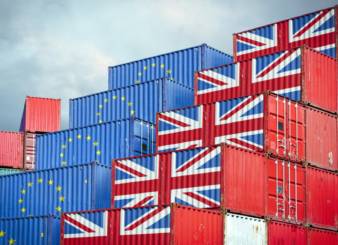Here’s an interesting stat: 93% of large supply chain organisations have DE&I goals, versus only 37% of small organisations.
Regardless of which category you fall under, there’s no doubt that improving DE&I outcomes is an increasingly big focus across the board.
But what should a DE&I goal look like?
Accountability and reporting
According to a 2022 Gartner report, public companies consistently outperform private when comparing levels of commitment, progress and representation. When evaluated it comes down to goals, actions and most notably accountability. Supply chain organisations that own, lead and drive their own initiatives get better results.
Flexible working
The supply chain has a deep dependency on frontline workers who rarely see the benefits of the evolving workforce. There are many different hybrid working models and supply chain employers ought to take the time to understand what a people centric inclusive approach means for them. Employers are 3 times more likely to see better employee performance when high levels of flexibility are offered.
Leadership training
Often recruitment is used as a tool to improve DE&I outcomes and, whilst it undoubtedly needs to be part of the strategy, research shows that equipping leaders to act inclusively is the most effective and important goal.
Inclusive training means rather than teaching inclusivity as an isolated skill, leadership training must include concrete examples of how inclusive behaviours can be embedded in day-to-day leadership. Making small tweaks to processes helps nudge leaders away from unintentional biases and prompt inclusive behaviour.
Given that only 9% of supply chain leaders come from a minority background, versus 30% of the overall workforce, it’s even more important that this training comes from the top down.
If you’re looking for some partners to help with your DE&I strategy, I’d recommend looking into PSalt and Inclusion Crowd.










